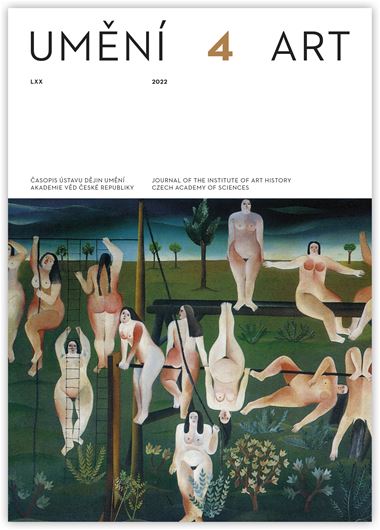Stefan Bartilla
Prague – The City of Drawers
Salvador Dalí never visited Prague, but in the painting The Anthropomorphic Cabinet from the year 1936 (Kunstsammlung Nordrhein-Westfalen, Düsseldorf) he depicted in a corner a view of Prague, the Anglická ulice [English Street] in Prague-Vinohrady in the vicinity of the náměstí Míru [Peace Square[ with the Church of St Ludmila. The original title of the painting was City of Drawers which Dalí changed to the current title before 1965. For this view he used a postcard from around 1905–1908 with the caption of the place, which was at that time still part of an independent city, Královské Vinohrady. According to Dalí, the painting is a ‘kind of allegory of psychoanalysis, which illustrates the satisfaction with which we smell the narcissistic scent of each one of our drawers’. Dalí chose the postcard because he could recognise himself in the boy in the sailor suit, and in the woman next to him he saw his mother, or perhaps his aunt, Carolineta. My hypothesis is that in the painting City of Drawers we find a narcissistic-Surrealist construction of a myth, with Dalí declaring Prague to be his territory since his childhood, in reaction to the successful visit to Prague by André Breton in 1935, because at that time he rivalled Breton for the role of the leading surrealist. The message of this picture was not addressed to any beholder; rather, it was a case of narcissistic self-reassurance. Later, this meaning lost its relevance, and Dalí changed the title.
Author's email:
stefanbartilla@hotmail.com
DOI: HTTPS://DOI.ORG/10.54759/ART-2022-0404
Full-text in the Digital Library of the Czech Academy of Sciences:
https://kramerius.lib.cas.cz/uuid/uuid:e251cd5e-784f-4368-ba5b-0c6e1191c5d4
< back

